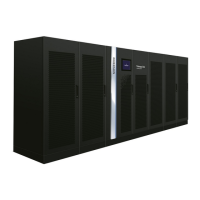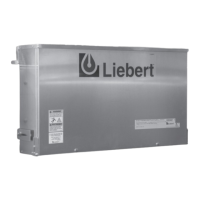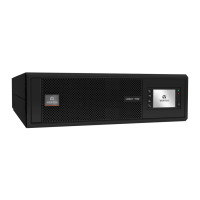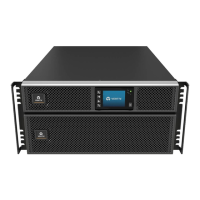NOTICE
Risk of no-flowcondition. Cancause equipment damage.
Do not leave the water/coolant fluid-supply circuit in a no-flow condition. Idle fluid allows the collectionof
sediment that prevents the formationof a protective oxide layer on the inside of tubes. Keep unit switched On
and water/coolant fluid-supply circuit system operating continuously.
Refer to the appropriate piping general-arrangement schematics for your system for the recommended, field-installed
hardware suchas shut-off valves. See Table 5.1 onpage31.
• Use copper piping with a brazing alloy with a minimum temperature of 1350°F (732°C), suchas Sil-Fos. Avoid
soft solders, suchas 50/50 or 95/5.
• Follow local piping codes and safety codes.
• Qualified personnel must install and inspect system piping.
• The water/glycol-cooled system will operate inconjunctionwitha cooling tower, city water or drycooler.
• Contact a local water consultant regarding water quality, corrosionprotectionand freeze-protection
requirements.
• Install manual shut-off valves at the supply and return line toeachindoor unit topermit routine service and
emergency isolationof the unit.
• Install a monitored, fluid-detectionsystem that is wired toactivate the automatic closure of field-installed
coolant-fluid supply and returnshut-off valves to reduce the amount of coolant fluid leakage and consequential
equipment and building damage. The shut-off valves must be sized to close-off against the maximum coolant-
fluid system pressure in case of a catastrophic fluid leak.
4.2.1 Leak Checking for Unit and Field-installed Piping
The fluid systems inthe Liebert® CWare factory-checked for leaks and may be shipped with aninert-gas holding charge.
At installation, check all fluid circuits for leaks.
NOTE: We recommend isolating the unit with field-installed shutoff valves during leak checking of
field-installed piping. When the units are included in a leak test, use of fluid for pressure testing is
recommended. When pressurized gas is used for leak testing the unit, the maximum recommended
pressure is 30 psig (207kPa) and tightness of the unit should be verified by pressure decay over time,
(<2 psig/hour [13.8kPa/hour]) or sensing a tracer gas with suitable instrumentation. Dry seals in fluid
valves and pumps may not hold a high gas pressure.
4 Piping Requirements
37

